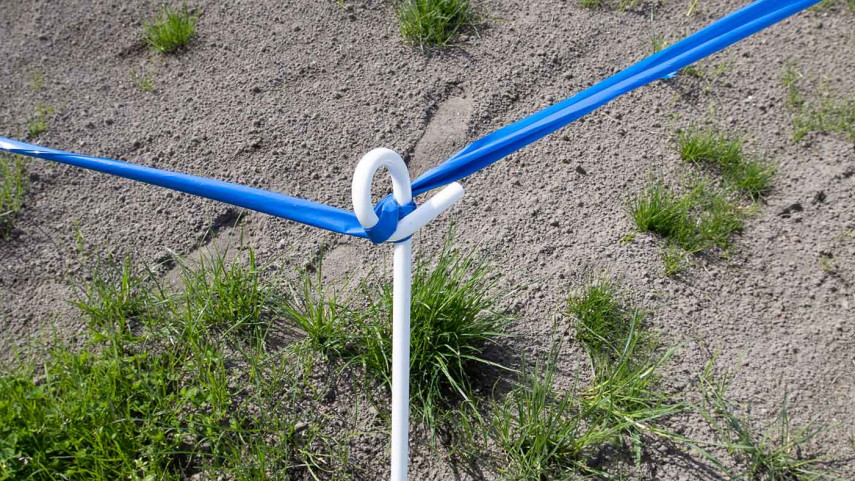Traces of diesel found in Addington bore hole
Share this story
A monitoring programme set up to determine how far diesel from a nicked fuel line in Addington may have spread has detected diesel in a shallow bore hole which previously showed no sign of diesel.
The positive test result may indicate that the diesel, which leaked from a hole in a fuel line feeding Horncastle Arena, is still mobile.

Testing has revealed traces of diesel in a bore that has previously tested negative for the fuel.
The Addington drinking water wells tap into a deep aquifer. However, the drinking water line in Moule Street has been tested as a precaution and the results show no trace of diesel fuel in the drinking water.
“At this stage, we do not believe there is any immediate risk to nearby residents or the environment. However, we are taking every precaution to manage the situation and are keeping Environment Canterbury fully informed,’’ says Acting General Manager Vbase Chris Mintern.
Vbase first became aware there was an issue with its diesel pipeline in July 2018, when a diesel smell was noticed in a stormwater retention basin near the arena. Investigations subsequently revealed a stake was piercing the pipeline.
Since then it has been working with its contractors to manage and recover the diesel and to determine exactly how far the diesel plume may have travelled.
Contractors have drilled a series of bore holes in the area where it is suspected the diesel may have migrated. Initial tests showed the diesel appeared to be concentrated in a small area immediately to the south-east of the pipeline, which is where efforts to extract the diesel from the ground have been focused.
However, recent testing has detected diesel in a bore hole on the perimeter on the monitoring area, some distance away from the other bore holes where diesel has been found.
Mr Mintern says investigations are under way to determine how the diesel may have made its way to the perimeter bore hole.
“It’s not travelling in a straight line and at this early stage we believe the diesel plume may be finding a narrow pathway through the complex soil layers that make up this area. These layers appear to have been formed by historical water channels and have varying degrees of permeability,
“We’ve brought in ground-penetrating radar (GPR), which will help us better understand the underlying geology of this area,’’ Mr Mintern says.
“The recent dry weather has also caused a drop in the groundwater table and that may have allowed the diesel to find a path through the more permeable (porous) soils to the bore hole.’’
Mr Mintern says six new test pits have been excavated to gain a better understanding of the soil profile in the area. Ten additional shallow bore holes are also being installed so any changes in the movement of the diesel plume can be monitored. These are installed within the road and grass berms. None of these are on residential property.
“We are working to remove as much diesel as possible from the ground and have so far recovered approximately 40,000 litres of the fuel,’’ Mr Mintern says.



